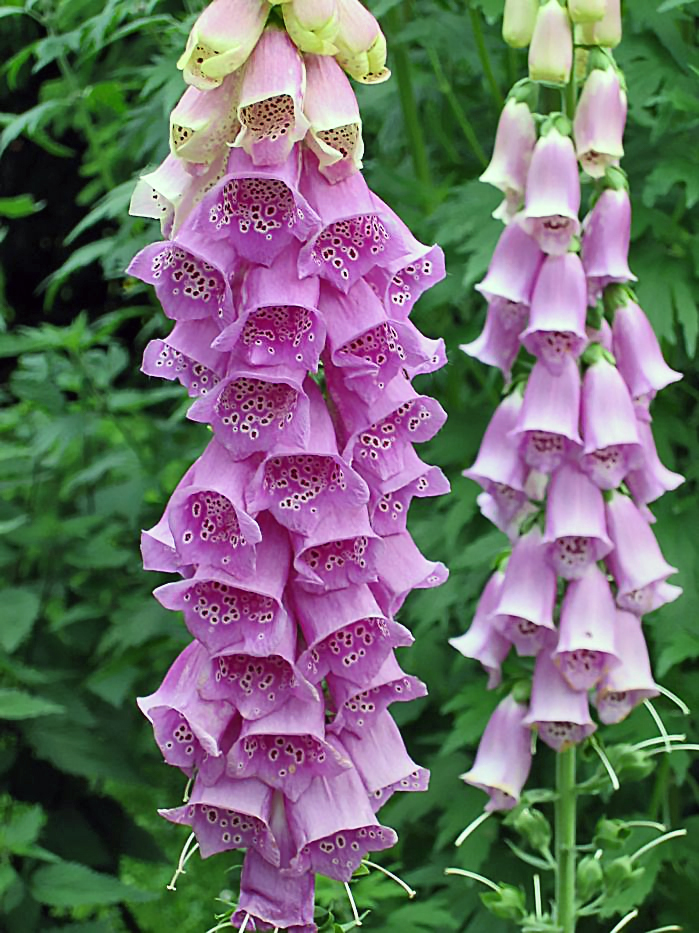 |
| Digitalis purpurea |
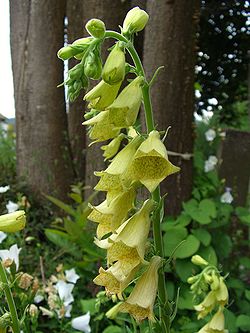 |
| D. grandiflora |
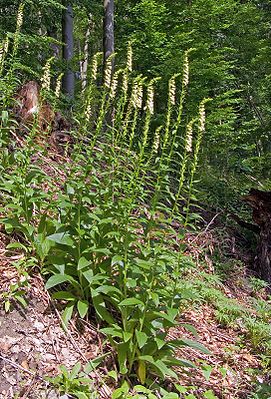 |
| D. Lutea |
D. Lutea is (obviously) also yellow but has much narrower flowers. It's about the same height as grandiflora, approximately 2-3ft, and also golds its flowers down one side of the stem in a secund (GOT IT!). Plant one of these in your garden and you need never buy another. so promiscuous is it, it will appear in paving cracks and carefully prepared planting beds alike, or it did in Angus, and that's not the warmest place in the worldd, or even Scotland. And no, we didn't have a woodland friendly soil, well, not then. Now that the saplings I planted almost 30 years ago in my little red wellies have matured there's a bit more of a wooland feel. But we're not talking about gardens, we're talking about a soil-free roof in London, everything in pots whether they like it or not and some won't but tough luck!
| D. Obscura |
So what am I actually growing this year? Well,
I'm currently nursing some seeds of D.obscura through the colder months. I pricked them out a couple of weeks ago in the hope that that would give them a little boost and while they're sitting up happily enough and have a decent root systems on them I think I might have made the compost a bit too luxurious, as this biennial/perennial where happy comes from the mountains of Spain so a bit more perlite and/or grit might have been in order. That said, their not exactly dying!
They come in a range of colours, some with amazing multicoloured flowers, not brilliant colours, but elegant and refined. It's certaintly an unusual and highly attractive foxglove. Shorter than the classic species, with narrow evergreen foliage; it bears handsome, pendulous flowers in burnt orange and beige with red veins. A second flush of blooms will follow if it is promptly dead-headed.
Also doing very nicely outside, I'll see if I can find a pic, is D. ferruginea var. gigantea, which my schoolboy Latin would translate as rusty coloured and big. But I could have told you that by looking at it. Makes a spreading perennial a little over a metre high (so not that gigantea)!
This also hails from Mediterranean climes so treat accordingly (ie, don't try to grow in a pot in on an East London rooftop), although at least I get plenty of sun. And wind. And rain. Below is about one of about 20 young plants that were sown a couple of months ago and look in fine fettle to get through the winter without any help.
It's another odd looking thing with brown lowers rising from the usual rosettes. It's another biennial/perennial if happy so seed collection would be advisable. I should reach a metre and do well in a sunny spot in half-decent soil.
Now, I have seed of another four species which I'm going to wait until March to sow. They are D. lanata, stewartii, nervosa and viridiflora.
Hmmm, a bit of repetition perhaps but that's what happens when you go through an unillustrated seed catalogue with a pen in bed!
Anyway, happy experiementing! The plantboy

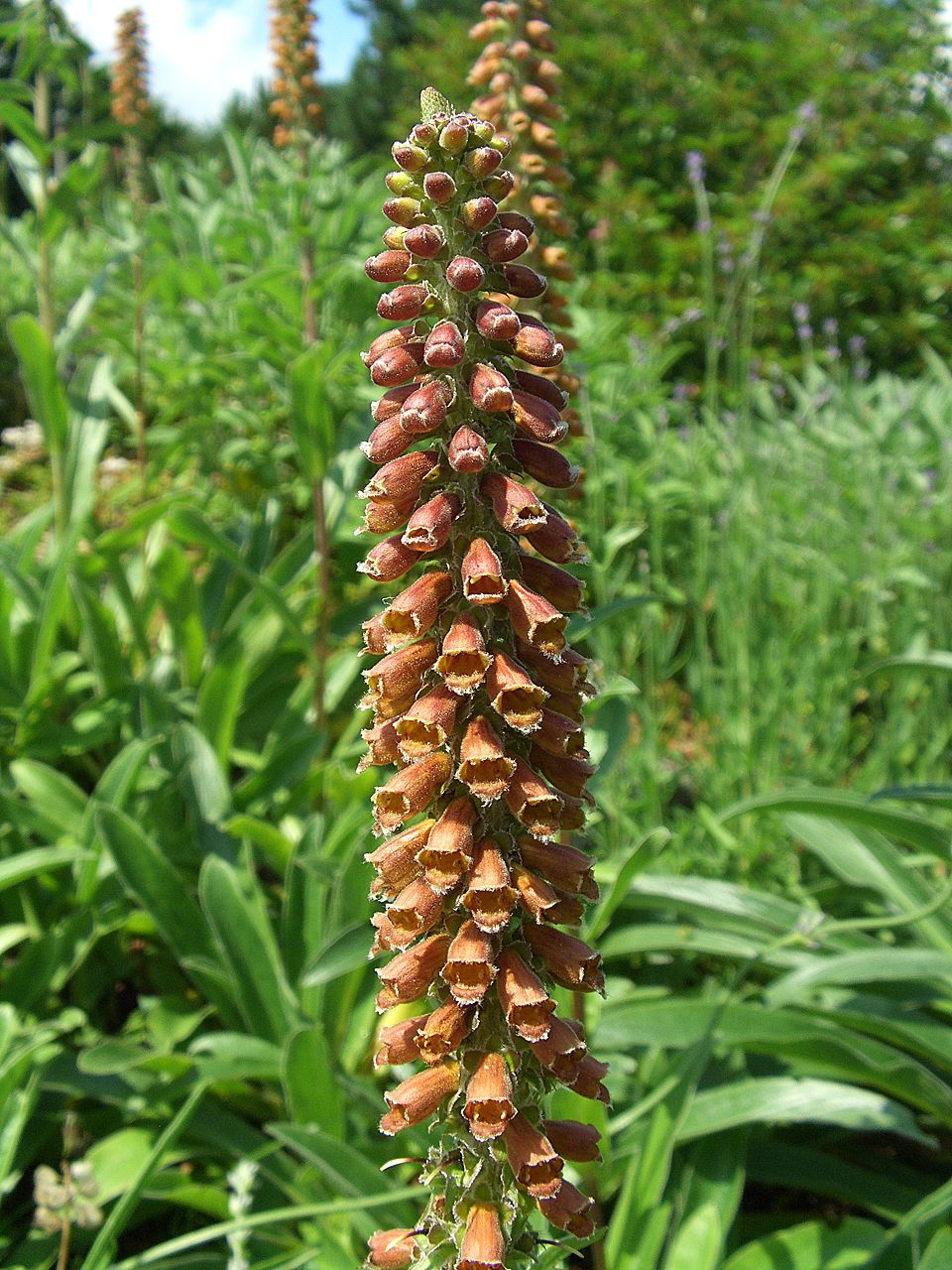

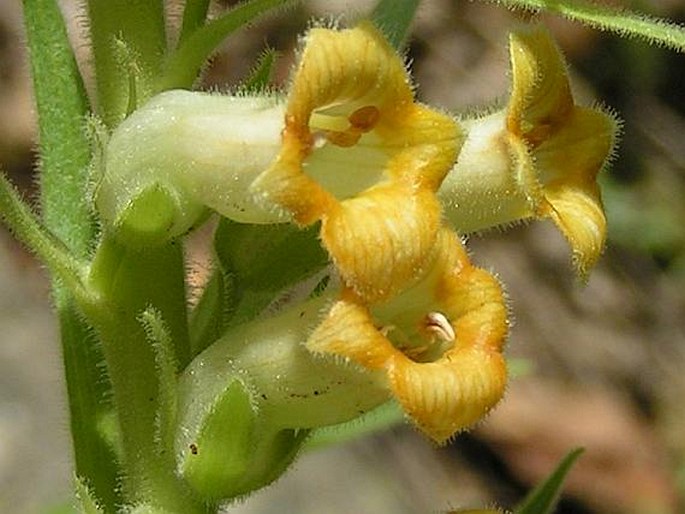
The unillustrated catalogue being Chiltern Seeds, I presume? They do have some pictures on their website you know! I grew D. obscura from seed in Spring - got 1 survivor out of it, hopefully it will flower next year and 1 ought be enough as they get quite bushy, I believe. Good luck with yours! x
ReplyDelete